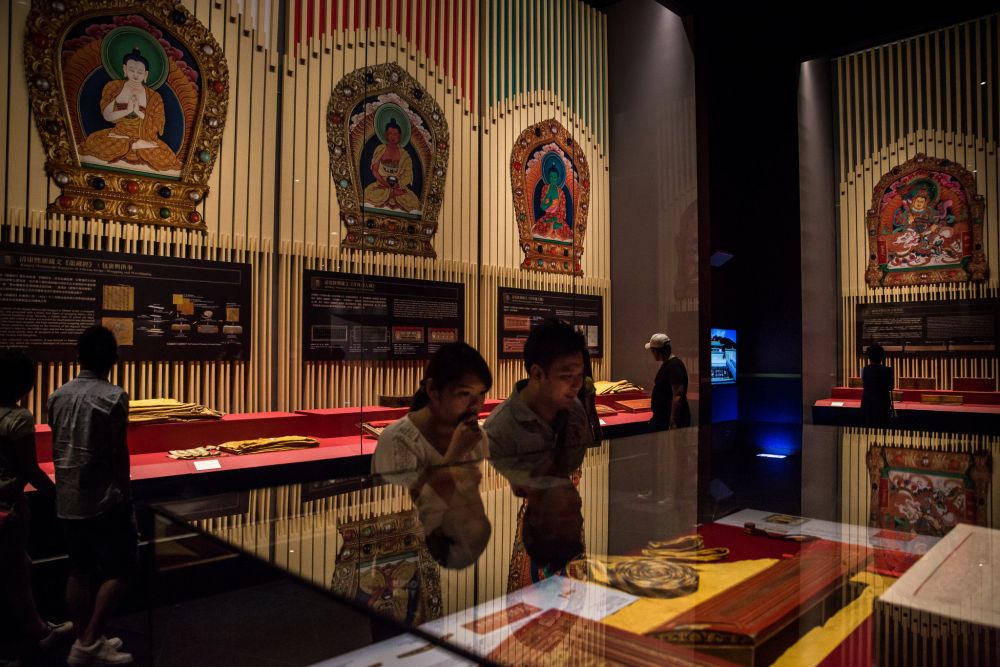

The National Palace Museum in Taipei, Taiwan, is one of the greatest treasuries of Chinese cultural and historical artifacts in the world, making it a pinnacle of tourism for scholars, art aficionados, and travelers alike. Since its inception, the museum has attracted millions of visitors and has solidified its reputation as a premier destination for experiencing the essence of ancient Chinese civilization.
The National Palace Museum's roots trace back to the early 20th century, with its predecessor, the Palace Museum in the Forbidden City of Beijing, established in 1925. The foundation of the museum was a political and cultural effort by the Republic of China to preserve and showcase a vast collection of imperial artifacts spanning thousands of years of Chinese history, including paintings, calligraphy, ceramics, and antiquities.
In the midst of the Chinese Civil War, a significant portion of the collection was relocated to Taiwan for safekeeping. By the time the National Palace Museum opened its doors in Taipei in 1965, it had become the custodian of a stunning array of historical items, encompassing nearly 700,000 pieces. This extraordinary relocation effort is credited with saving these invaluable artifacts from potential destruction during wartimes and the Cultural Revolution.
Tourism at the National Palace Museum started humbly, given the political and geographical constraints of the era. Initially, visitors were mostly scholars and diplomatic guests. However, as Taiwan's international standing improved and global interest in Chinese culture grew, the museum's tourism numbers swelled. By the end of the 20th century, the National Palace Museum had become not just a cultural institution, but a must-see destination in the Asia-Pacific tourism itinerary.
In the 2000s, the museum underwent extensive renovations which expanded its space and modernized its facilities to better accommodate the growing number of visitors. These improvements included climate control for the preservation of artifacts, enhanced exhibition spaces, and visitor amenities that cater to an international audience.
In recent years, the National Palace Museum has embraced the digital age, implementing virtual reality experiences and interactive exhibits to engage a younger, tech-savvy audience. Special exhibitions featuring high-profile pieces, such as the Jadeite Cabbage and the Meat-Shaped Stone, continue to attract visitors. Moreover, the museum has been active in organizing international exhibitions, lending pieces to museums worldwide and fostering cultural exchange.
Today, the National Palace Museum remains a treasure trove for visitors, offering a deep dive into the richness of Chinese arts and artifacts. The museum has adopted strategies for sustainable tourism, seeking to balance visitor experiences with the preservation of its collection. As the museum looks to the future, plans for further renovations and exhibitions promise to enhance its appeal and ensure that it stays at the forefront of cultural tourism in Taiwan.
Tourists planning to visit the National Palace Museum are encouraged to allot ample time to explore the vast collection, possibly over multiple days. The museum is equipped with audio guides in multiple languages and offers guided tours to enrich the visitor experience. As one of Taiwan's top attractions, it's advisable to visit during off-peak hours to avoid crowds and to have a more intimate viewing of the artifacts. The museum constantly updates its programs and exhibitions, so repeat visits can often yield new insights and delights.